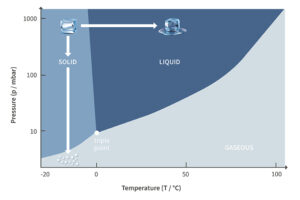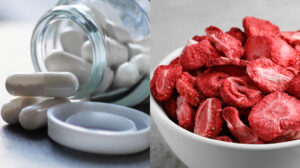If you’ve ever eaten a freeze-dried strawberry or taken a medication that dissolved instantly under your tongue, you’ve experienced the results of lyophilization—also known as freeze-drying. It’s a process that’s used across industries, from food preservation to pharmaceuticals, and even in high-tech fields like biotechnology. But what exactly is lyophilization, and why has it become such a go-to method for preserving sensitive products?
At its core, lyophilization is a method of removing water from a substance while preserving its structure, composition, and activity. The process involves freezing the product, reducing the surrounding pressure, and then allowing the frozen water in the material to sublimate—that is, to go directly from a solid (ice) to a gas (water vapor) without passing through the liquid stage. This gentle process avoids the damage that can come from heating or evaporation.

Why is this useful? For one, removing water makes a product much more stable. Without moisture, the risk of microbial growth, spoilage, or degradation drops dramatically. That’s especially important in pharmaceuticals, where the integrity of a drug must be maintained until the moment it’s used. Lyophilization also preserves the shape and texture of delicate products, making it ideal for foods like
fruit, herbs, or even full meals. Another key advantage is shelf life. Lyophilized products can often be stored at room temperature for
months or even years without losing their effectiveness or flavor. That’s why freeze-dried foods are so popular among hikers, emergency preparedness folks, and even astronauts.
But lyophilization isn’t just for adventurers and scientists. Chances are, you’ve got lyophilized goods in your home right now. Instant coffee? Freeze-dried. Some pet treats? Same thing. Certain beauty products, dietary supplements, and vaccines? You guessed it—lyophilized.
That said, the process isn’t simple. It requires specialized equipment and careful control of temperature and pressure. It’s not something you can replicate in a home kitchen. But for manufacturers, it offers a way to stabilize even the most fragile compounds without resorting to harsh chemicals or preservatives.

In short, lyophilization is one of those behind-the-scenes technologies that makes modern life possible. It lets us preserve what’s fresh, protect what’s delicate, and deliver high-quality products to people around the world. Whether you’re sipping a cup of freeze-dried soup or taking a lifesaving medication, you’re benefiting from a process that’s both scientifically elegant and incredibly practical.